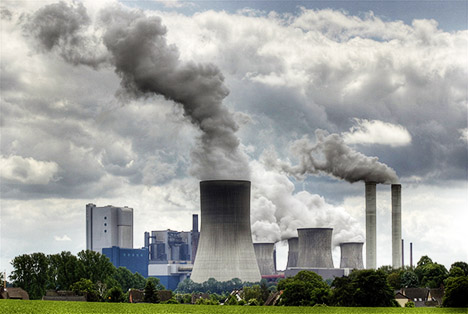Germany Returns to Coal Power as Nuclear Sits Idle

Coal power use will rise an estimated 13.5 percent in Germany this year, resulting in at least 14 million metric tons of additional carbon dioxide (CO2) emissions, even as the nation continues to idle two-fifths of its nuclear power fleet.
The major reduction in European energy demand and industrial output caused by the global recession has led CO2 emissions to slide faster than the emissions reductions mandated by either the Emissions Trading Scheme or the EU's commitments under the Kyoto Protocol. Yet instead of accelerating emissions cuts, the ironic economics of the carbon trading system have justified a return to coal in Germany and elsewhere, as a glut of emissions permits drives down the cost of carbon pollution and makes coal highly profitable once again.
The odd logic of the emissions targets and timetables has even been used by German greens (and their defenders internationally) to justify trading zero carbon nuclear for greater coal combustion. Germany's decision last year to power down eight of its 17 nuclear reactors leaves idle enough zero carbon power to drive down the country's CO2 emissions another 21 percent from 2008 levels. Yet instead of sounding the alarm at this huge missed opportunity as the nation instead turns back towards coal, some German greens have gone so far as to claim Germany literally "has the right" to eschew nuclear in favor of much greater emissions levels than necessary.
So much for the extreme urgency of climate mitigation...
As the German green think tank, Heinrich Boll Stiftung, admits with honesty, shuttering the nation's nuclear plants will most certainly increase carbon emissions. But according to a pamphlet from the think tank, "Germany actually has the right to increase its carbon emissions since it completely blew past its Kyoto target of a 21 percent reduction ."
There you have the odd logic of emissions trading. And an unfortunate missed opportunity for much deeper carbon cuts.
(This article was excerpted from The Breakthrough Institute, where it first appeared.)




